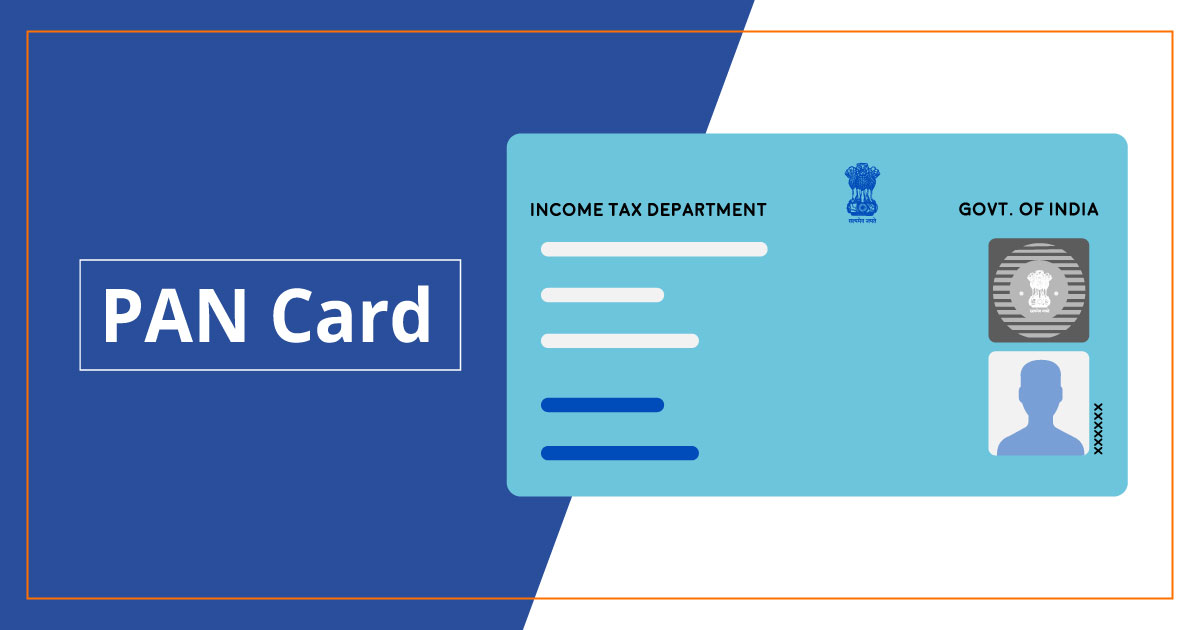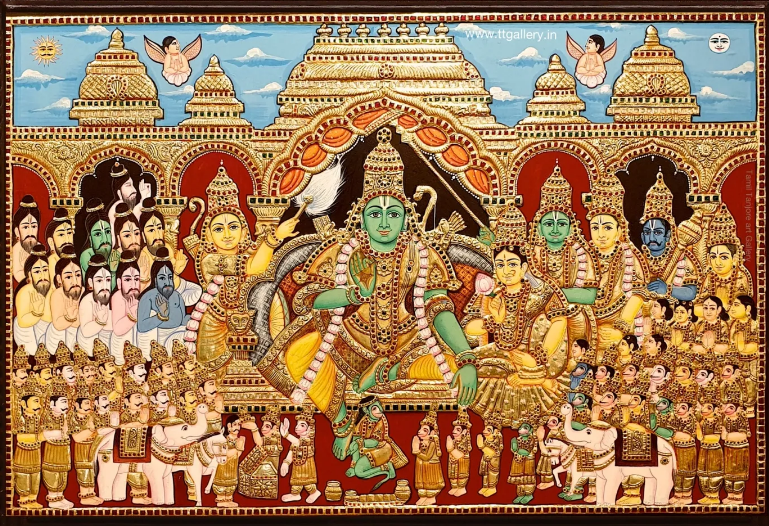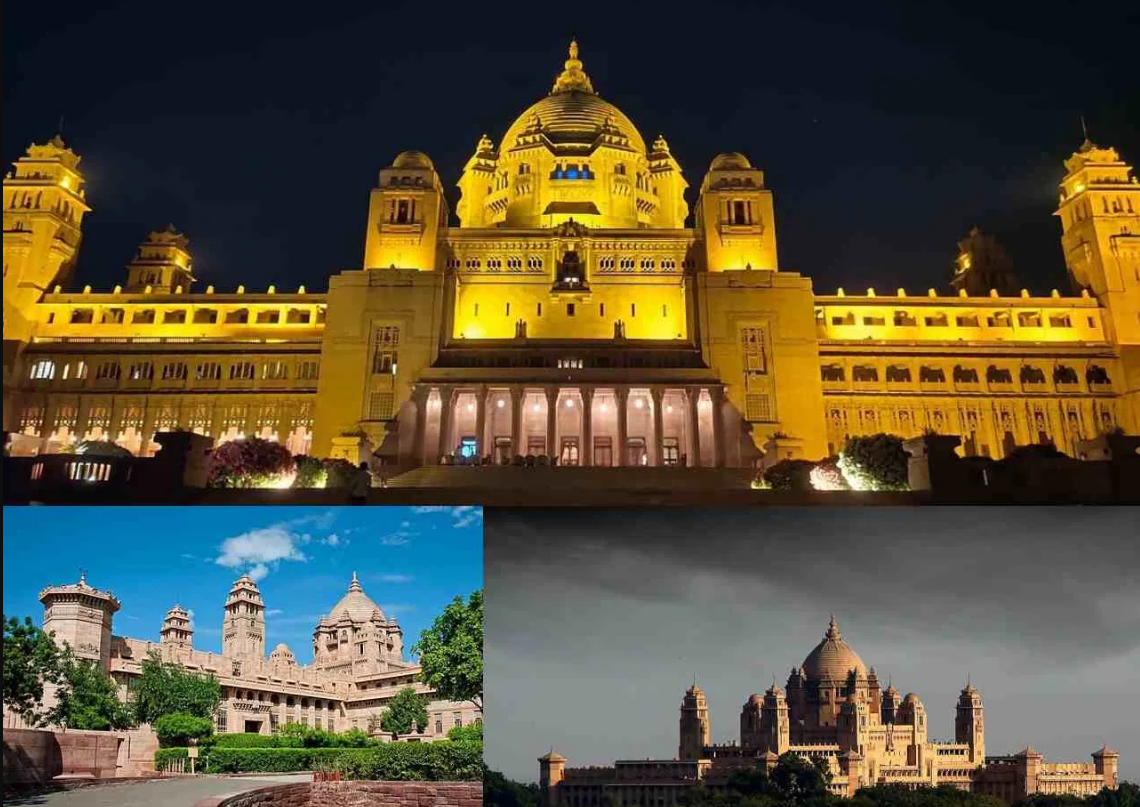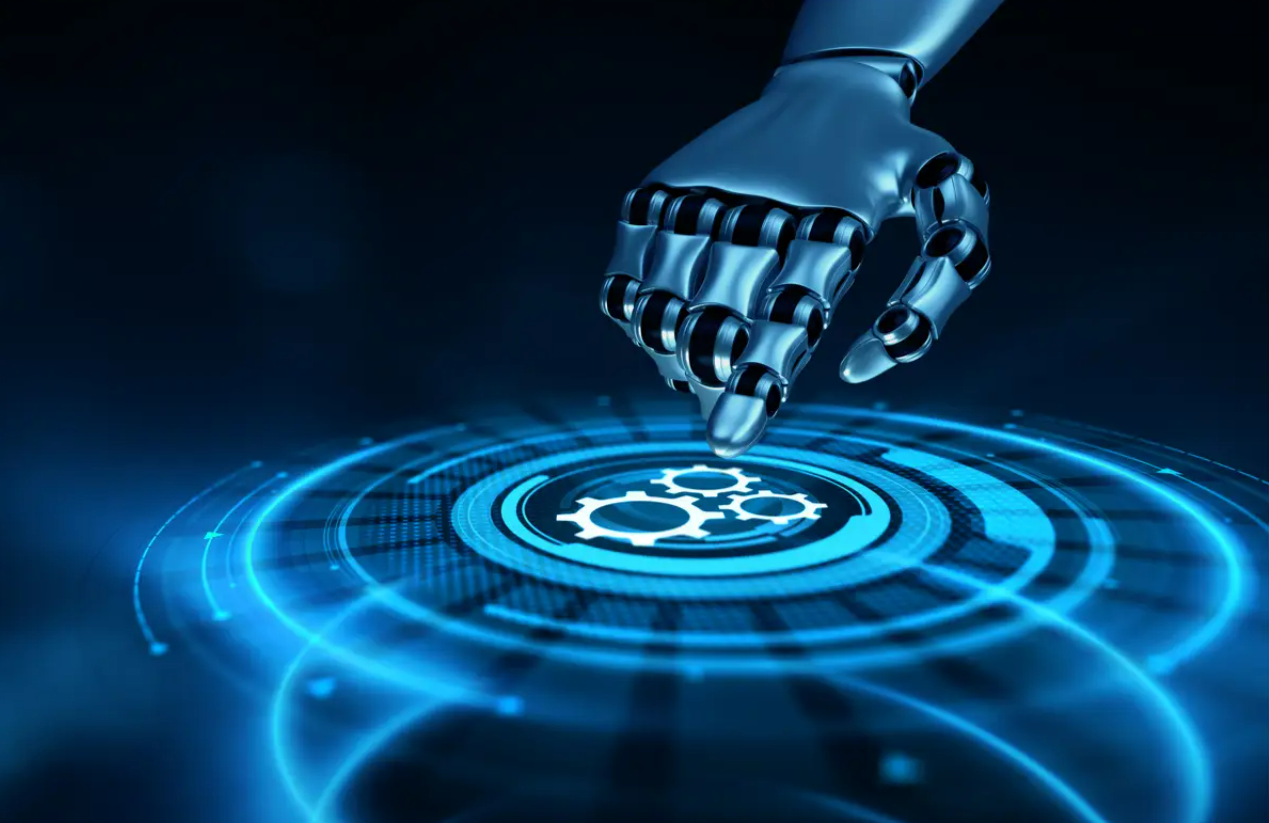




If you’re considering starting UPSC (Union Public Service Commission) preparation, you’ve probably heard about the prestige of the civil services and the importance of cracking the UPSC exam. However, before you start your preparation journey, there are a few important things you should know as advised by the best IAS Coaching in Bhubaneswar (click here).
In this blog post, we’ll cover some essential tips and advice for starting your UPSC preparation. Whether you’re a beginner or an experienced candidate, these tips will help you build a strong foundation for your UPSC journey.
Click to View More
The Civil Services Examination (CSE) is a national-level competitive examination conducted by the Union Public Service Commission (UPSC) of India. The examination is conducted annually in three stages - Preliminary, Mains, and Interview - to select candidates for various administrative services of the Indian government. According to APTI PLUS, the best civil services exam coaching in Kolkata (click here), the CSE is considered one of the most prestigious and toughest examinations in India, attracting lakhs of aspirants every year.
Click to View More
PAN is an abbreviation of Permanent Account Number. The Income Tax Department of India assigns an alphanumeric, 10-digit unique number to each taxpayer. Each PAN number is unique and different for each individual.
The PAN number keeps track of a person’s financial activities and is required for all forms of payment
A PAN card appears to be a physical plastic card with one’s PAN number, name, DOB, and a photograph printed on it.
The PAN number is valid for life because it is unaffected by changes in address or job profile and can thus be used as proof of identity.
Click to View More
The National Informatics Centre (NIC) is an Indian government department under the Ministry of Electronics and Information Technology (MeitY). The NIC provides infrastructure, IT Consultancy, IT Services including but not limited to architecting, design, development and implementation of IT Systems to Central Government Departments and State Governments thus enabling delivery of government services to Citizens and pioneering the initiatives of Digital India.
Click to View More

India has approximately 66% of the forest cover worldwide and is ranked among the top 10 countries globally. The country has many jungles and wildlife sanctuaries.
Different types of forests in India are Tropical Evergreen Forests, Deciduous or Rain Forests, Dry Deciduous Forests, Mountain Forests, Tidal or, Mangrove Forests, Semi-Desert and Desert vegetation, etc. The biggest percentage of Dry thorn and tropical deciduous forests are found in Madhya Pradesh, Uttar Pradesh, Orissa, Chhattisgarh, etc.
Jim Corbett national park, Kanha, Gir, Bandipur, Nagarhole, Namdapha, Wayanad wildlife sanctuary etc., are the most famous forests in India.
Click to View More
Micro ATMs are card swipe machines through which bankscan remotely connect to their core banking system.
This machine comes with a fingerprint scanner attached to it. In other words, micro ATMs are handheld point of sale terminals used to disburse cash in remote locations where bank branches cannot reach.
Micro ATMs are similar to point of sale (PoS) terminals and are a doorstep mobile banking arrangement cum-mobile ATM device.
They also facilitate cardless money disbursal, using the Aadhaar-enabled payment system (AePS) at remote locations.
Click to View More
Akbar was very broadminded. Ever since his childhood, he was very much influenced by liberal mindsets, like one of his regents, Bairam Khan, who happened to be a Shia Liberal Muslim. Akbar was also influenced by scholars across religions. So, he wanted to work out a synthesis of all religions. His treatment of the Hindus was very tolerant. In fact, he was so liberal in his religious outlook that he attempted to find a new religion, Din-i-Ilahi in 1582 on the basis of good points of all religions. Of course, he made no effort to force his religion on his subjects.
Click to View More
Paintings in South India are famous for their intricate curves and bright colors. There are many schools for painting in South India like the Mysore, Tanjore, Nayaka, Chola and so on. The art form dates back to the early 9th century which was an era dominated by the Chola rulers, who encouraged art and literature.
With time, South Indian paintings developed to turn into a kind of merge of the different traditions which were influencing them. There are different types of South Indian Paintings which are existing today.
Click to View More
The Rajputs were great patrons of art and architecture, who built fabulous palaces and forts. The Rajputs have immensely contributed to the historical and cultural landscape of the country. Rajput Architecture in India reflects an indigenous tradition of religious architecture found in the northern part of India.
Rajput architecture represents different types of buildings. These include temples, forts, stepwells, gardens, and palaces. The forts were specially built for defense and military purposes. Mughal architecture greatly influenced indigenous Rajput styles of art and architecture.
The temple architecture of Orissa, Khajuraho, Rajasthan, Madhya Pradesh and the Pallava, Chola and Hoysala temples in the South belong to the later Rajput period. (900 A.D. to 1200 A.D.)
Some of the temples built by Rajputs include the Rathas in Mahabalipuram and the temples at Ellora. The Pallava, Hoysala, and Chola temples, the Lingaraj Temple in Bhubaneshwar, Jagannath Temple at Puri, and the Khajuraho temples are also built by the Rajputs.
Many of the Rajput forts are UNESCO World Heritage Sites.
Click to View More
Hyper-automation combines various advanced technologies such as Machine Learning and Artificial intelligence, together with Robotic Process Automation.
This technology aims to fully augment human capabilities by building intelligent robotic systems that can do anything a normal human can. These systems are designed to think, reason, compute and collaborate. In essence, it provides an improvement in the human factor in any endeavor. It enables machines to work alongside people in every walk of life.
Click to View More© 2025 iasgyan. All right reserved